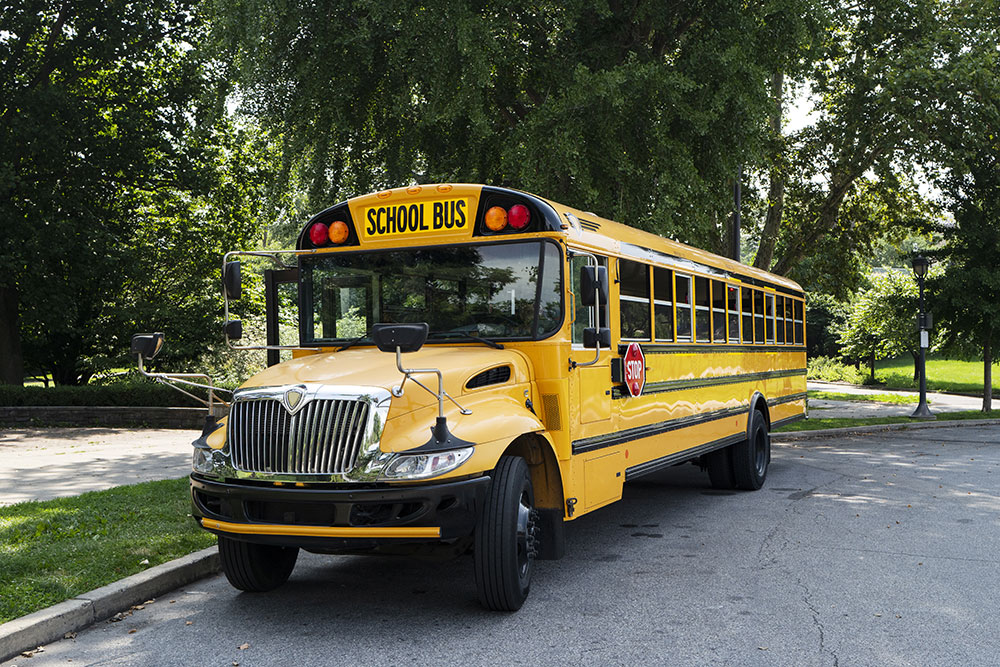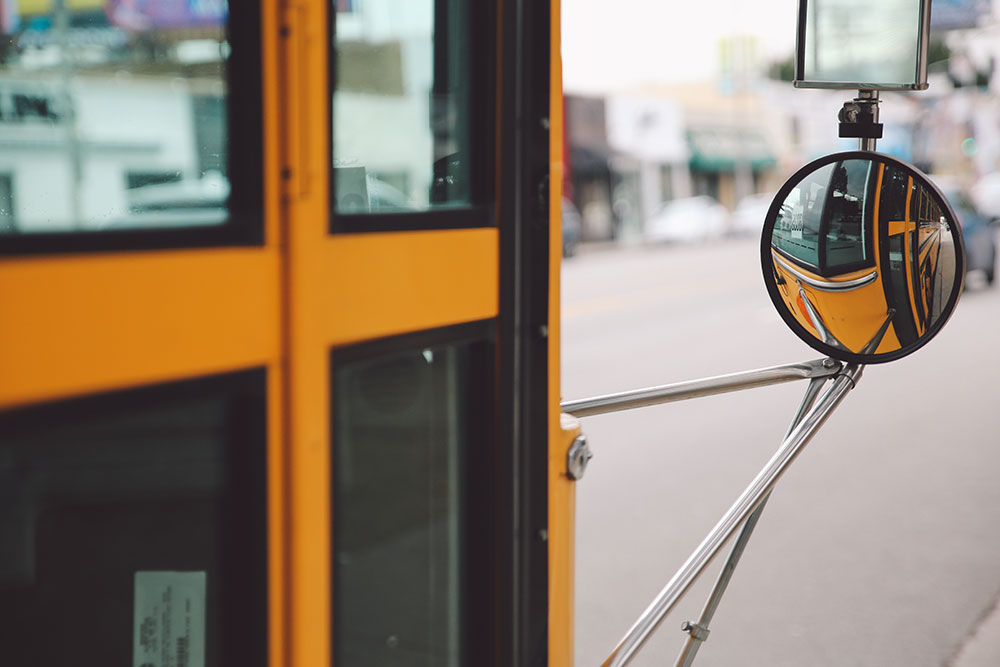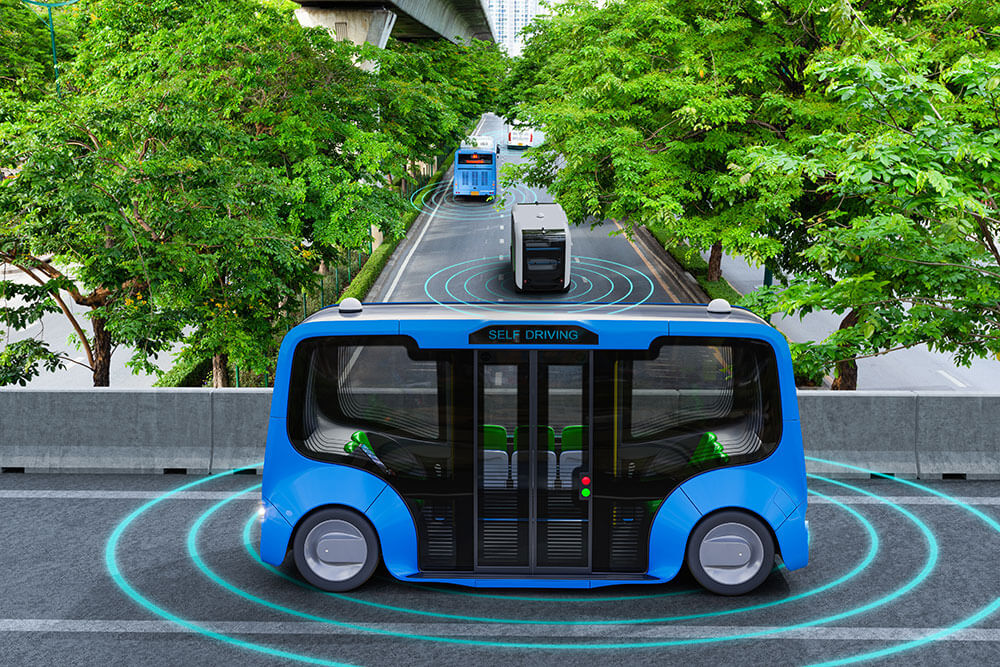In recent years, the approach to ensuring the security and welfare of students traveling by school bus has taken on dynamic dimensions. This can be attributed to the continued technological advancements shaping the future of school bus safety. The center of this article is an exploration of a contemporary trend that has been making waves in student transportation – the integration of cameras and detection systems. This paper examines the current state of school bus safety, the role played by cameras, the gains of incorporating such devices, and the potential of pairing these with detection systems for heightened security. Given the significance of students’ safety, it is essential to comprehend these advancements fully and advocate for their widespread adoption in school transportation.

Today’s School Bus Safety
School buses are deemed the safest transportation method for schoolchildren. Even so, ongoing improvements are necessary to elevate student safety. The National Highway Traffic Safety Administration recorded 264 school-age fatalities (2009 to 2018) related to school transportation, many of which did not involve the bus passengers. This highlights the pressing need to improve safety for peripheral road users.
Internally, school bus safety protocols differ across states, particularly concerning seat belt usage. While video cameras installed inside and outside approximately 60% of buses aid in surveillance, only eight states currently require seat belts—a shortfall observed in student safety. Simultaneously, more districts are employing stop-arm cameras to enforce stop-arm laws detected by illegal passings by drivers.
Nearly 57% of U.S. school districts leverage GPS tracking systems for bus and route monitoring. Regular training programs focusing on emergency evacuation, bullying deterrence, and driving skills form essential safety measures. However, these efforts are undermined by limitations such as the contentious issue of seatbelts and pedestrian safety.
While the National Transportation Safety Board urges federal endorsement for safety belts on all school buses, such recommendations are yet to become mandatory. The push towards technology, including real-time tracking, automated systems, and comprehensive incident reporting, holds potential for improvement. Consequently, the future of school bus safety is shaped significantly by the integration of cameras and detection systems.

Cameras in School Bus
With emerging technology advancements in security, cameras play a critical role in enhancing school bus safety. One of their primary functions is to augment supervision. Cameras diligently monitor and record bus drivers’ driving behavior and interactions with students during their commute. This capability aids in detecting any incidents of misconduct, vandalism, or bullying on the bus, ensuring safety of students.
Furthermore, cameras can keep a check on the driving habits of bus drivers. With the ability to detect safety violations such as route deviation, sudden braking, speeding, and unauthorized stops, cameras are an efficient surveillance system. This presence encourages drivers to enforce and adhere strictly to safety protocols, thereby contributing to the overall safety of students on board (source: Samsara).
In situations involving accidents, camera footage serves as a vital resource. It aids in the reconstruction of events, assists in pinpointing who was at fault and provides factual evidence during legal disputes. With cameras placed internally and externally on the school bus, multiple views of any given incident can be obtained, helping to establish a complete and thorough understanding of events (source: Safe Fleet Bus).
Consequently, the importance of cameras in enhancing and ensuring school bus safety is evident. As the future looks towards integrating advanced detection systems, the reliance on camera technology will undoubtedly be central to their functionality and effectiveness.
Advantages Cameras in School Buses
Integrating cameras in school buses comes with several notable advantages. Firstly, they significantly enhance safety by closely monitoring and archiving incidents inside and outside the bus. They substantiate events and resolve disputes. Secondly, they serve as critical tools for monitoring student behavior. Any misbehavior, bullying, or vandalism is promptly recorded, even when adults are not physically present.
Furthermore, surveillance cameras encourage better driving habits by ensuring drivers adhere to safety protocols such as wearing seatbelts, observing speed limits, and avoiding distractions like mobile phones. In the unfortunate event of an accident, the recorded footage serves as an essential source of evidence, identifying who is at fault. Stop-arm cameras also help stop illegal passing incidents, enhancing student safety.
Surveillance cameras offer real-time monitoring, with footage being remotely accessible, giving administrators, parents, and safety officers live feeds of onboard activities. These onboard cameras also provide necessary protection for drivers against false accusations. Interlinking camera systems with GPS tracking introduces a robust security framework that offers real-time bus locations and situations.
In addition, cameras help verify child pick-up and drop-off, providing another layer of safety assurance. They also aid in reducing liability costs and boosting parents’ trust regarding their children’s safety. Traffic rule enforcement is further enhanced as these cameras can capture license plate numbers of offenders. In summary, integrating cameras in school buses significantly fortifies safety measures, ensuring an efficient and secure environment for students and staff.

Integrating Detection Systems for Increased Safety
The future of school bus safety lies in combining various technologies to ensure the safety of children during transit. One pivotal aspect is integrating cameras and detection systems. Many schools are adopting these systems, which detect abrupt movements or behaviors that may lead to accidents.
Frequently used detection systems include Pedestrian Detection Systems (PDS) that use radar and camera technology to spot children or pedestrians too close to the bus. Also prevalent are stop-arm cameras that identify vehicles unlawfully overtaking stopped school buses, thus ensuring compliance with laws governing student safety while boarding or departing from buses. The Driver Fatigue and Distraction Detection system watches for erratic driver behavior, a potential indicator of fatigue or distraction. Additionally, student detection systems offer a 360-degree view of the bus, which is crucial during reversal or when navigating tight spaces.
National Highway Traffic Safety Administration highlight these systems’ potential to significantly reduce school-bus-related accidents. Today, vendors offer unified solutions integrating different detection systems, providing multiple security features.
Data from these systems can also provide predictive safety analysis via machine learning algorithms, offering real-time analytics for risk prevention. Moreover, this integration can improve operational efficiency, aiding route planning and timely services.
In conclusion, integrating cameras and detection systems in school buses presents remarkable potential to revolutionize student transportation safety. The systems work together to improve visibility, bolster accountability, and, ultimately, enhance the security of our children traveling to and from school. This technological synergy does not only elevate proactive measures but also arms reactive responses in the face of potential threats. It is prudent to note that the efficacy of these systems should be evaluated regularly for upgrades and adaptation to emerging challenges. As we strive towards a future where student safety is uncompromised, deploying such technology should not be considered an option but a significant step towards safer, smarter, and more secure school transportation.
